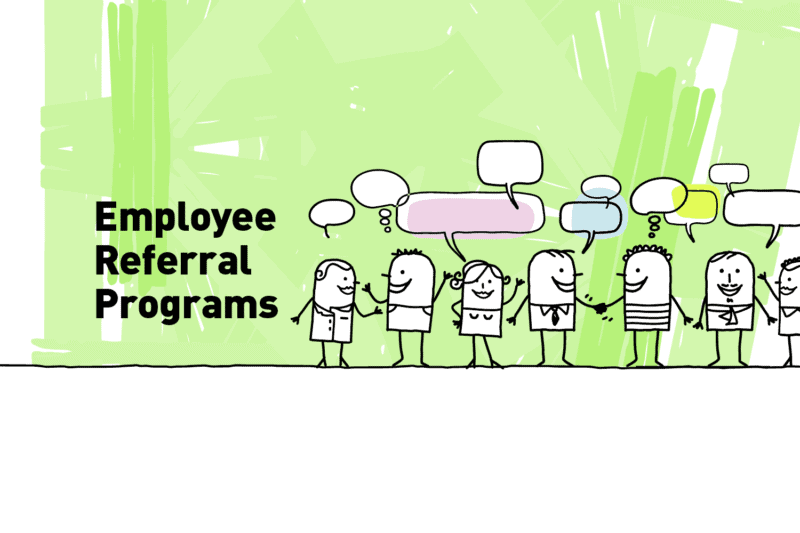According to the 2014 CareerXRoads Sources of Hire Report, referrals make up 41.9 per cent of all hires, making them the leading source of external hires.
This is almost double of the 2011 results.
Why is this mode of hiring gaining so much traction over a short period of time?
Based on a survey by Jobvite, the average employee will have 150 contacts on social media networks – 100 employees mean around 15,000 contacts (and possible candidates).
Employee referrals also have the highest applicant to hire conversion rate – only 7% apply but this accounts for 40% of all hires.
Applicants hired from a referral begin their position quicker than applicants found via job boards and career sites (after 29 days compared with 39 days via job boards and 55 via career sites).
Referral hires also have greater job satisfaction and stay longer at companies – 46% stay over 1 year, 45% over 2 years and 47% over 3 years.
With such a strong fundament, here are some of the foreseeable trends in referral recruiting that recruiters and organizations alike should be looking to adopt in the future.
- Mobile – With the prevalence of mobile phones and devices, it makes a lot of sense to cater to an employee referral experience through those channels. With more and more people engaging with their phone than their PC, this will create higher ROI for a well designed and implemented employee referral programs.
- Gamification – To make it engaging, you have to make it fun. Many companies have already adopted gamification in their quest to engage their employees on attaining their KPIs or to ensure they participate in the upcoming learning seminar. Holding contests and showcasing a leadership board will drive competition and help te companies to gather a higher quantity of referrals.
- Reward Schemes – Instead of rewarding at fulfilment stage, companies would want to look at giving out micro rewards at stages such as offer a small reward to employees for all of their referral candidates who are good enough to be invited in for an interview. Also, consider a small reward for employees who provide referrals who make it to the finalist list (even though they are not hired). This can further excite employees who “come close” but don’t actually have their candidate hired.
- Using Employee Referral Metrics – For far too long, companies would simply copy-and-paste the employee referral scheme that the closest competitors have and pray hard it will work. Moving ahead, most companies will rely heavily on measuring key metrics across the delivery platforms and fine-tune their programs accordingly to maximize the returns. This could mean a tailored referral campaign that targets a specific employee group only to ensure greater effectiveness.
- Crowdsourcing – Why limit to just the employee within your companies or what if you are running a small outfit? Externalize that employee referral program and let the entire world be your head-hunter. A company such as Wanted is trying to do that for companies and they might be able to find success in this model, just like how many projects are on other crowdsourcing websites such as Kickstarter and Indiegogo.




